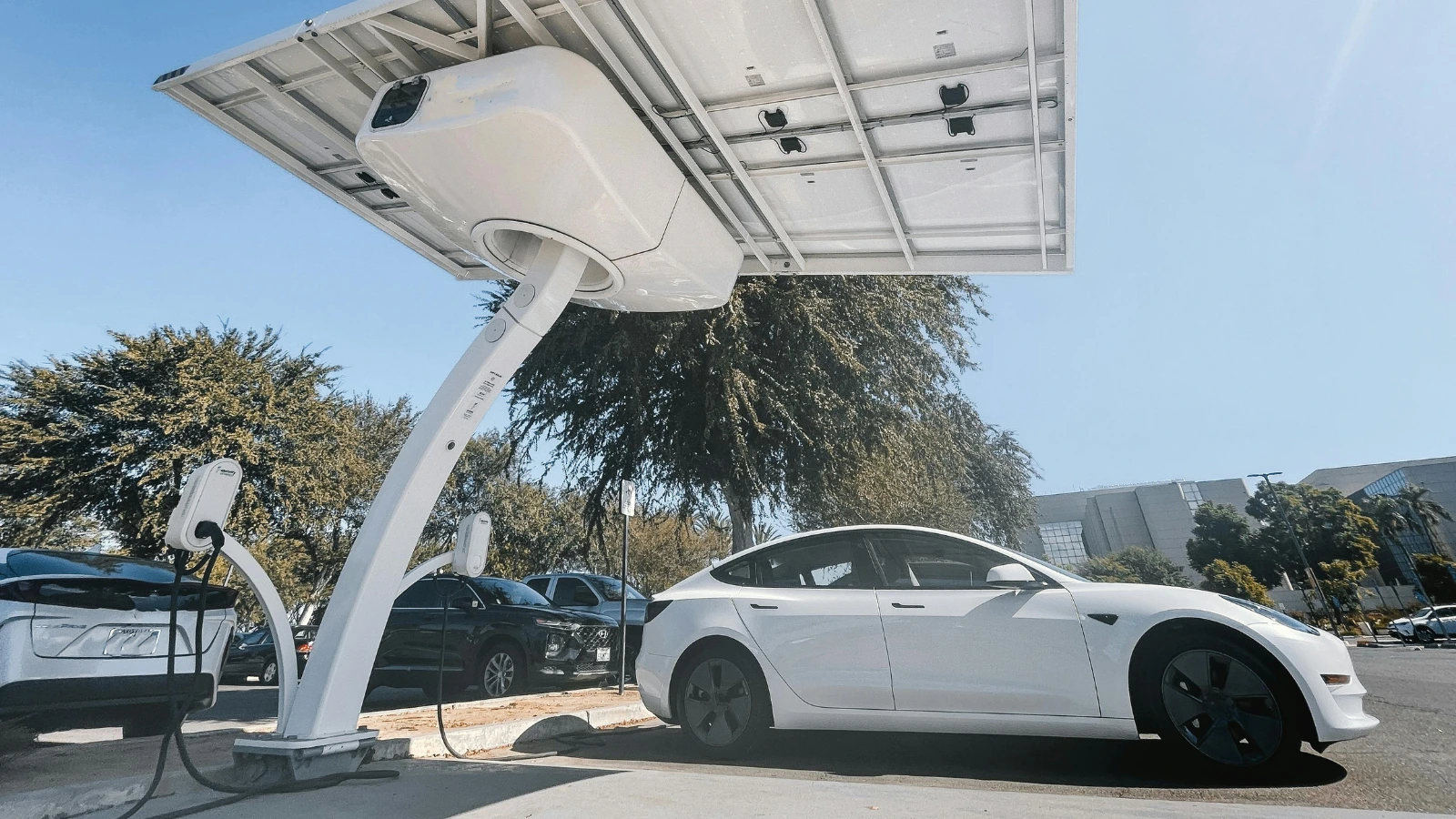More Ways to Save on Going Electric
EV incentives come in many forms including state rebates, HOV lane access, and utility bill discounts. Together they make the switch to electric driving easier on your wallet and better for the planet.
Multiple Discounts
Across the U.S., EV shoppers can take advantage of multiple types of financial and non-financial benefits, from cash rebates and income-based savings to free parking and HOV lane access. Understanding these categories helps you see the full picture of EV ownership costs and potential savings.
Not Just Tax Breaks
Electric vehicle (EV) incentives go far beyond the federal tax credit. Across the U.S., EV shoppers can take advantage of multiple types of financial and non-financial benefits, from cash rebates and income-based savings to free parking and HOV lane access. Understanding these categories helps you see the full picture of EV ownership costs and potential savings.
1. State and Local Rebates
Many states, cities, and counties offer rebates or sales tax exemptions that can be added on top of federal credits. These may be:
- Cash-back offers after purchase
- Income-qualified or based on the vehicle’s manufacturer suggested retail price (MSRP)
- Applied directly at purchase or through a post-sale application
Examples:
- California: Up to $7,500 through the Clean Vehicle Rebate Project for income-qualified residents
- New Jersey: Up to $4,000 in rebates plus no state sales tax on qualifying EVs
- Oregon: $2,500 cash rebate for eligible new EVs
For more, see How State and Local EV Incentives Work.

2. Utility Company Incentives
Your local electric utility may also offer incentives to encourage EV adoption, such as:
- Rebates for installing a Level 2 home charger
- Reduced electricity rates for off-peak EV charging
- Bundled charger installation programs or free charger giveaways
These programs vary widely by provider, so it is important to:
- Check with your utility before purchasing or installing charging equipment
- Use the GreenCars EV Incentive Tool to explore offers in your area
3. Perks and Non-Monetary Incentives
Not all incentives reduce costs directly, but some add convenience and help offset ownership expenses. Common examples include:
- HOV lane access for solo drivers
- Free or discounted parking in certain cities
- Reduced vehicle registration fees
- Exemptions from smog testing or emissions inspections
- Toll discounts or exemptions for EVs
- Free EV charging in some public areas
These perks can be especially valuable for urban drivers and commuters.

4. Charging Infrastructure Incentives
Many state, regional, and local programs now support charging installation through:
- Rebates for installing public or private charging stations
- Incentives for commercial properties to add chargers at workplaces or multifamily housing
- Grants for businesses or fleets transitioning to electric vehicles
Landlords, business owners, and fleet operators may qualify for larger grants than individual EV buyers.
Final Thoughts
EV incentives come in many forms, including rebates, utility savings, and convenience perks. Many of them can be combined to significantly lower the cost of owning an EV. Now is the time to explore and stack every available benefit. To see exactly which incentives apply to the vehicle you are considering, visit the GreenCars EV Incentives Tool.
Keep Exploring Your EV Benefits
Find out who qualifies for incentives and why eligibility changes:
← Go Back: EV Incentives Overview: State and Local Programs Explained
Discover Next: Who Qualifies for EV Incentives and Why It Changes →












